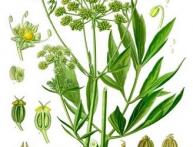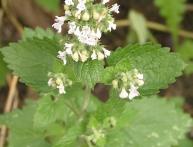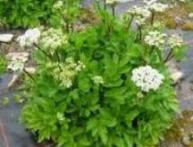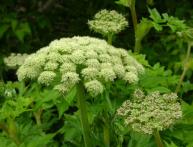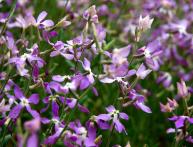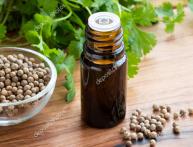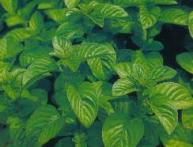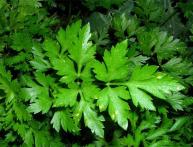Cilantro, or coriander

Coriander sativum, also often called cilantro, is one of the oldest cultivated plants. The green fruits of cilantro contain a large amount of essential oil with a pleasant taste and aroma, and its leaves are a real storehouse of such useful substances as ascorbic acid, carotene, B vitamins. Coriander is widely used both in cooking as a spice and in so-called folk medicine.
Coriander propagates by seed. This plant has a fairly high frost resistance, so its seeds can be started plant in the ground in early spring (and in the southern regions, for example, in the Caucasus, planting can take place in early autumn). In this case, the seed material is placed quite densely (the seeding norm is one and a half grams per square meter) but not too deep; the depth of their placement should not exceed two to three centimeters. Cilantro is quite resistant to drought, however, young shoots, as well as plants during fruit set, really need moisture, so they need to be watered regularly.
Both the coriander fruits formed after flowering and the greens of the plant can be used as a spice. Fragrant twigs and leaves of cilantro can be cut off throughout the season. Harvesting the fruits of the plant has several subtleties. Cilantro fruits do not ripen at the same time and tend to fall off, so they need to be harvested as soon as about 30 percent of the fruits will be ripe. In this case, the necessary parts of the plant are cut off, kept in a warm place protected from moisture for about a week and only then threshed.

